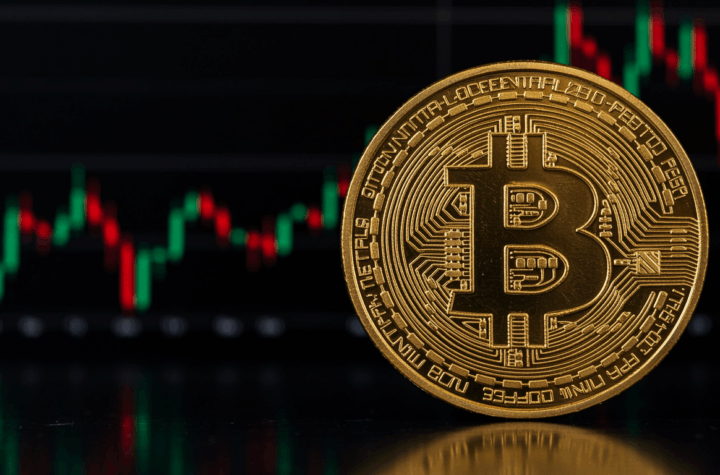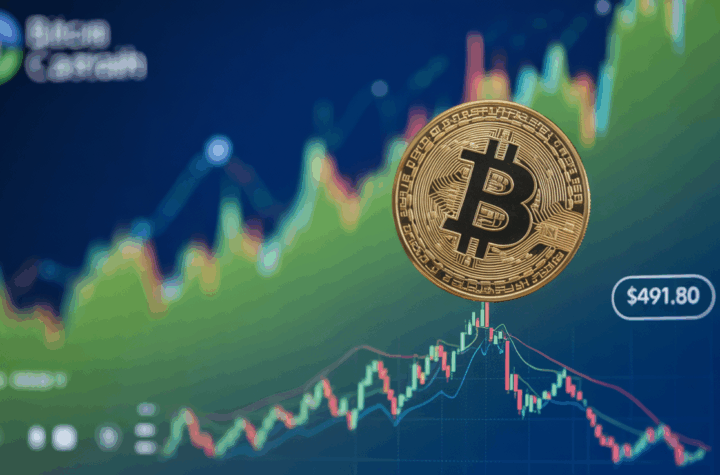
A surge in the yield on Japan’s 30-year government bonds is sending ripples through global markets, adding a layer of complexity as Bitcoin (BTC) navigates through the aftermath of last week’s tariff-driven sell-off. While Bitcoin has managed to hold steady, investor anxiety surrounding these bond moves is raising concerns about the broader economic landscape.
On Tuesday, the yield on Japan’s 30-year government bonds soared to 2.88%, the highest level observed since 2004, reflecting an increase of nearly 60 basis points over the course of just one week. The yield on the 10-year bond also experienced a rise, bouncing by 30 basis points to reach 1.37%, although it remains significantly below the recent high of 1.59%. The widening gap between the 30-year and five-year bonds has caught the attention of market observers, reaching levels not seen in nearly two decades.
These bond market developments are especially noteworthy given Japan’s status as the largest holder of U.S. Treasury bonds, with more than $1 trillion in holdings as of January. For years, Japan’s low bond yields have helped keep global financial markets stable and fostered risk-taking behavior. The rising yields, however, may trigger a shift as Japanese investors look to repatriate capital, possibly selling foreign bonds and unwinding yen-funded carry trades. Such moves could introduce volatility into the U.S. Treasury market and put upward pressure on the yen, potentially fueling broader risk aversion across markets.
Garry Evans, Chief Strategist for Global Asset Allocation at BCA Research, highlighted the possible fallout from this shift. “If Japan starts pulling money back into its domestic markets, it could cause a chain reaction, creating volatility not only in the Treasury market but in other global asset classes,” he said during a CNBC interview.
Bitcoin, meanwhile, has shown relative resilience, outperforming traditional equities like the Nasdaq and S&P 500 during the recent period of increased market uncertainty. Although BTC has been trending lower since early February, its performance in the face of the tariff-related panic was seen by some as a sign of the cryptocurrency’s evolving role as a low-beta asset and potential hedge.
As global markets remain on edge with the rise in Japanese bond yields and ongoing geopolitical tensions, Bitcoin’s ability to maintain stability will be under scrutiny. The next few days could prove pivotal in determining whether Bitcoin can continue to assert itself as a store of value amid broader economic uncertainty.






More Stories
“Dogecoin steadies near $0.16 support amid profit‑taking that caps upside momentum.”
RLUSD Pilot Boosts XRP 5%, Technical Momentum Points to $2.50
How Aggressively Are BTC Traders Hedging After Recent Dip Under $100K?